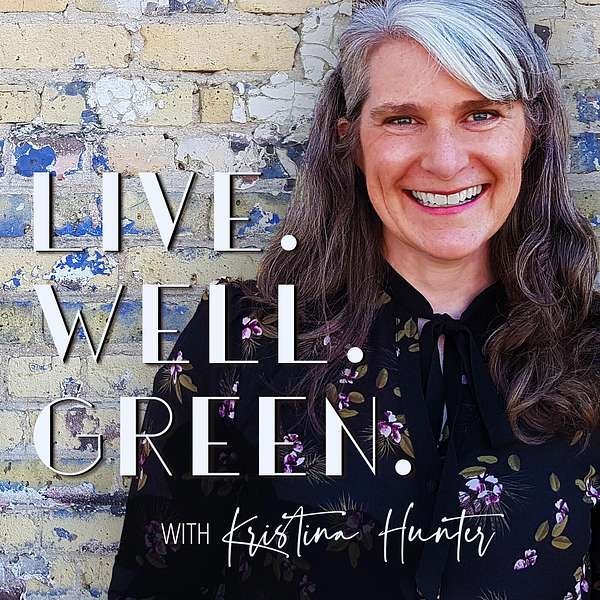
Live. Well. Green.
Live. Well. Green.
Episode 15: Air Quality and Health Part 2: Indoor Air
Today’s episode is the second in a two-part mini-series on air quality and health, and today we are going to look at indoor air. We spend so much time in our homes and other buildings and therefore we have to be aware of the indoor pollutants that can have serious implications for our health. Not only will I uncover where these harmful pollutants come from but also what we can do about them, highlighting those small actions we can take to improve the air quality of our indoor environments. You might be surprised to learn just how much you can do (and how easy it is) to reduce pollutants in your home, from letting your new furniture off-gas outside and maintaining your gas appliances to testing your home for radon gas and choosing products with no or little VOCs. Let’s dive in!
Key Points From This Episode:
• Where indoor pollutants come from and how we contribute to the problem.
• How cooking and heating processes can pose a threat to people in low-income countries.
• The factors that contribute to air quality problems in middle and higher-income countries.
• Sources of formaldehyde and why it is advisable to limit exposure as much as possible.
• Advice for reducing formaldehyde pollutants in your home.
• Learn about carbon monoxide and how it hinders the transportation of oxygen in our bodies.
• How you can prevent your fossil fuel burning appliances from leaking carbon monoxide.
• Why mold grows in the indoor environment and why this is a hazard to our health.
• Getting rid of the source of moisture—the first action to eliminate mold from the home.
• Find out about the naturally radioactive gas called radon and the diseases it is associated with.
Key Messages:
1. Avoid smoking indoors.
2. Allow your furniture to off-gas outdoors.
3. Don’t idle your vehicle in your garage.
4. Maintain and have your gas appliances inspected.
5. Install a carbon monoxide detector.
6. Don’t use outdoor cooking appliances indoors.
7. Test your home for radon gas.
8. Deal with mold by tackling the moisture problem.
9. Use a fan over top of your gas burning stove.
10. Avoid burning candles and incense.
11. Choose products that are low or no VOC-emitting.
12. Clean pollen and dust off surfaces regularly.
Quotables:
“The World Health Organization states that 3 billion people around the world are cooking with solid fuels or kerosene over open fires or very inefficient stoves and that is causing 3.8 million people to die prematurely each year because of poor indoor air quality.” — Kristina Hunter [0:03:23]
“Seek home for rest, for home is best.” — Thomas Tusser [0:34:41]
Links Mentioned in Today’s Episode:
Institute for Health Metrics and Evaluation
Australian Government Department of Health